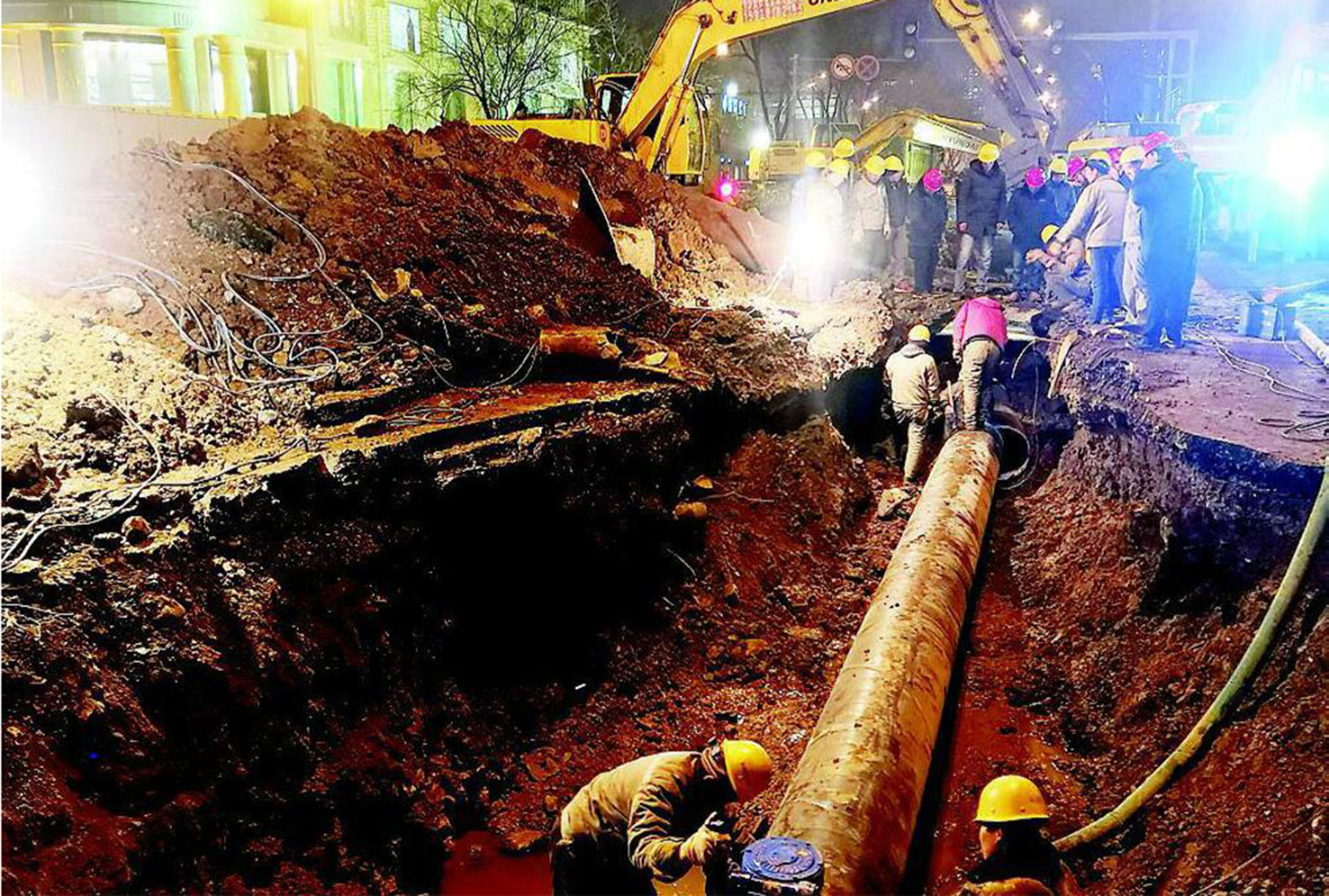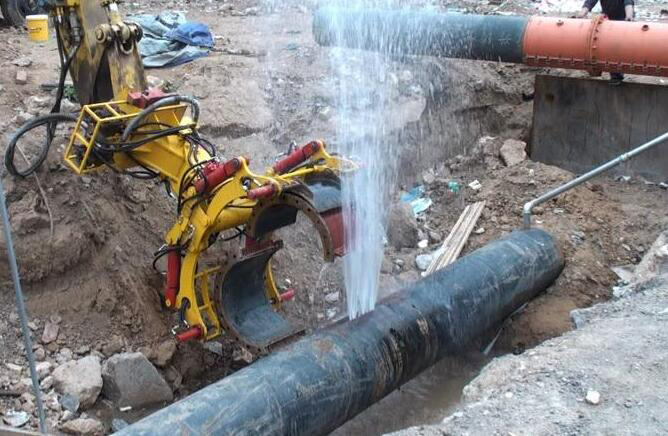Geothermal and geological exploration solutions
Underground pipeline leak monitoring
Underground pipeline systems are crucial components of essential infrastructure for water supply, gas supply, oil supply, and more. However, these pipeline systems can experience leaks due to various reasons such as aging, corrosion, external damage, and more. These leaks can result in the release and seepage of liquids or gases. Early detection and timely response to these leakage events are vital for ensuring the safety of individuals, environmental protection, and facility preservation.

Traditional leakage monitoring methods typically rely on discrete sensors for point measurements, such as temperature sensors or pressure sensors. These methods are limited by a finite number of measurement points and a narrow monitoring range, which cannot provide comprehensive and continuous leakage monitoring.
Distributed fiber optic temperature monitoring technology enables comprehensive monitoring of underground leakage areas by deploying fiber optic sensors along the pipeline. Specifically, the fiber optic sensors detect temperature anomalies caused by leaks by measuring the temperature changes in the surrounding medium.

The solution for distributed underground leakage temperature monitoring includes:
1.Fiber optic deployment: Install fiber optic cables along the underground pipelines, storage tanks, pipelines, or other potential leakage areas. Fiber optics can be installed in various ways, such as buried in the soil, secured on the surface of the pipes, or placed in the vicinity of the pipes. The purpose of fiber optic deployment is to cover the areas where leaks may occur to monitor temperature changes.
2.Real-time leakage detection: Fiber optic sensors monitor underground leakage events in real-time by measuring temperature changes in the fiber optic cables. When liquid or gas leaks occur, they cause temperature variations in the surrounding environment. By detecting abnormal temperature changes, the occurrence and location of leaks can be determined.
3.Data acquisition and analysis: The temperature data from the fiber optic sensors is collected and recorded. By connecting to a data acquisition system, the temperature data from the fiber optic sensors can be collected and stored. Professional data analysis software is then used to process and analyze the data to determine the occurrence time, duration, and location of the leaks.
4.Early warning and alarms: Based on predefined temperature thresholds and leakage models, the system can automatically trigger warnings or alarms to take timely action when temperature anomalies or leakage events exceed the set range. This helps in early detection and response to underground leaks, reducing environmental and safety risks.
5.Remote monitoring and control: The distributed fiber optic temperature monitoring system can be connected to a remote monitoring platform, allowing operators to monitor the temperature data of underground leaks remotely at any time. Through remote monitoring and control, the leakage situation can be monitored in real-time, enabling prompt actions for repairs or emergency handling.

By adopting the distributed fiber optic temperature monitoring solution for underground leakage, real-time monitoring and localization of underground leaks can be achieved. This helps to reduce environmental pollution and safety risks, and provides early response and handling to protect the safety and sustainability of underground facilities and the environment.





